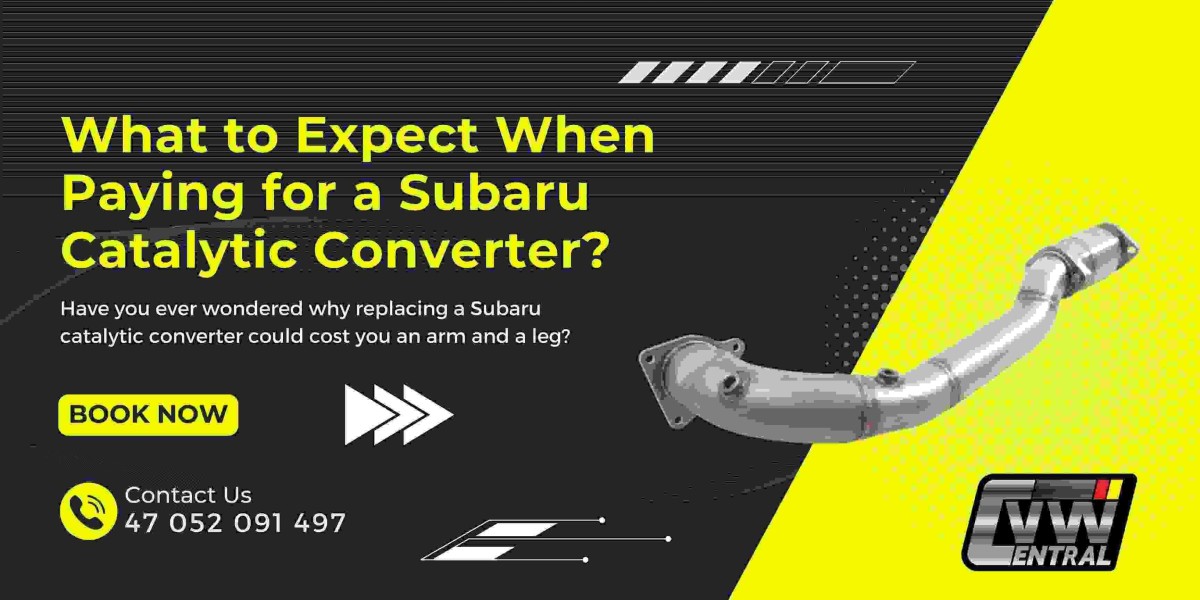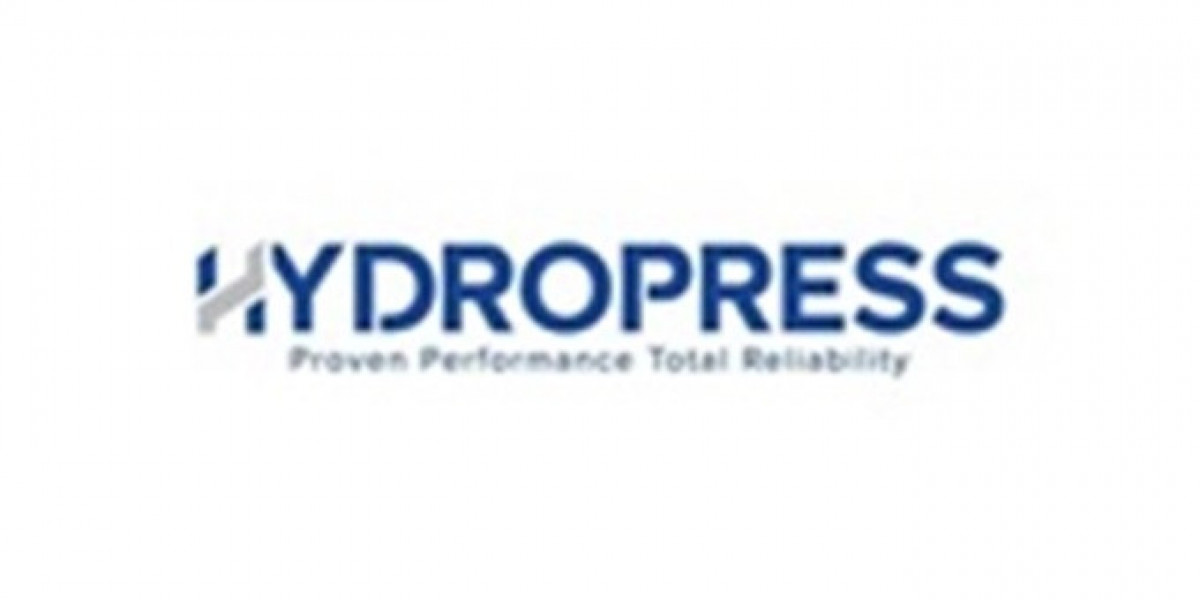Have you ever wondered why replacing a Subaru catalytic converter could cost you an arm and a leg? Chances are, you know how important it is to your car's emissions system. However, when the price tag makes you want to cry, you may be left wondering what's behind this apparently steep cost. So let's dig deeper into the conundrum of the costly replacement of this vital component.
Understanding the Basics
A catalytic converter is a highly important component of your Subaru's exhaust system. They work hard to reduce noxious emissions by converting bad gasses into less noxious ones before these leave your tailpipe. This way, they enable your car to meet strict environmental standards and maintain the air cleaner.
You'll know your Subaru catalytic converter is bad when you notice a few signs coming in. The engine will run roughly, it can suffer from a drop in fuel efficiency, or the check engine light comes on. These are all signs that it's time to consider a replacement.
The Cost Factor
Replacing the catalytic converter for a Subaru can be a costly affair, and there is good reason for that. Materials used in these devices, such as platinum, palladium, and rhodium, are precious metals, and their high cost is directly reflected in the price of the converter.
There are also several factors that determine the cost. First, what model and year of Subaru you have because these newer models often do have more heavy-duty converters. Then there is the type of converter; OEM parts are generally more expensive than aftermarket. Finally, labor will raise your bill; the installation, if done in-house, might take around several hours.
It is perfectly fine when you are quoted a price between $800 and $2500, or even more. It depends on the above-mentioned factors and the place where you get the work done.
Choosing Your Options
When it's time to replace your converter, you have choices. OEM parts match your Subaru's original specs but have a higher price tag. Aftermarket options can be more budget-friendly but may only last for a short time or perform as well.
The idea of a universal catalytic converter might tempt you. While cheaper, these often don't meet your Subaru's specific needs and could lead to problems down the road. Sticking with a converter designed for your exact model is usually best.
The Installation Process
The replacement process takes time but is straightforward for a skilled mechanic. They'll need to lift your car, inspect the exhaust system, remove the old converter, install the new one and ensure all connections are secure. Finally, they'll test the system to make sure everything works correctly.
The job typically takes 2-3 hours, but complex setups might require more time. Factor this labor into your budget when planning for the replacement.
Long-Term Benefits
While the upfront cost might sting, replacing your Subaru Catalytic Converter when needed is smart. It keeps your Subaru running efficiently, helps you pass emissions tests, and avoids potential damage to other parts of your exhaust system.
Plus, a properly functioning converter means your car runs cleaner, which is better for the environment. You're not just fixing your car; you're doing your part for cleaner air.
Final Words
Facing the cost of a new catalytic converter for your Subaru can be daunting, but it's an investment in your car's performance and longevity. By understanding what drives the cost and what options you have, you can make an informed decision that balances your budget with your car's needs.
Proper maintenance can help extend the life of your converter, potentially saving you money in the long run. When the time comes, choose a reputable service provider to ensure you get a quality part and installation. Your Subaru will thank you with improved performance and reduced emissions, making that initial cost worth every penny. To continue reading, click here.









